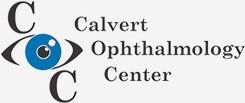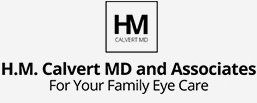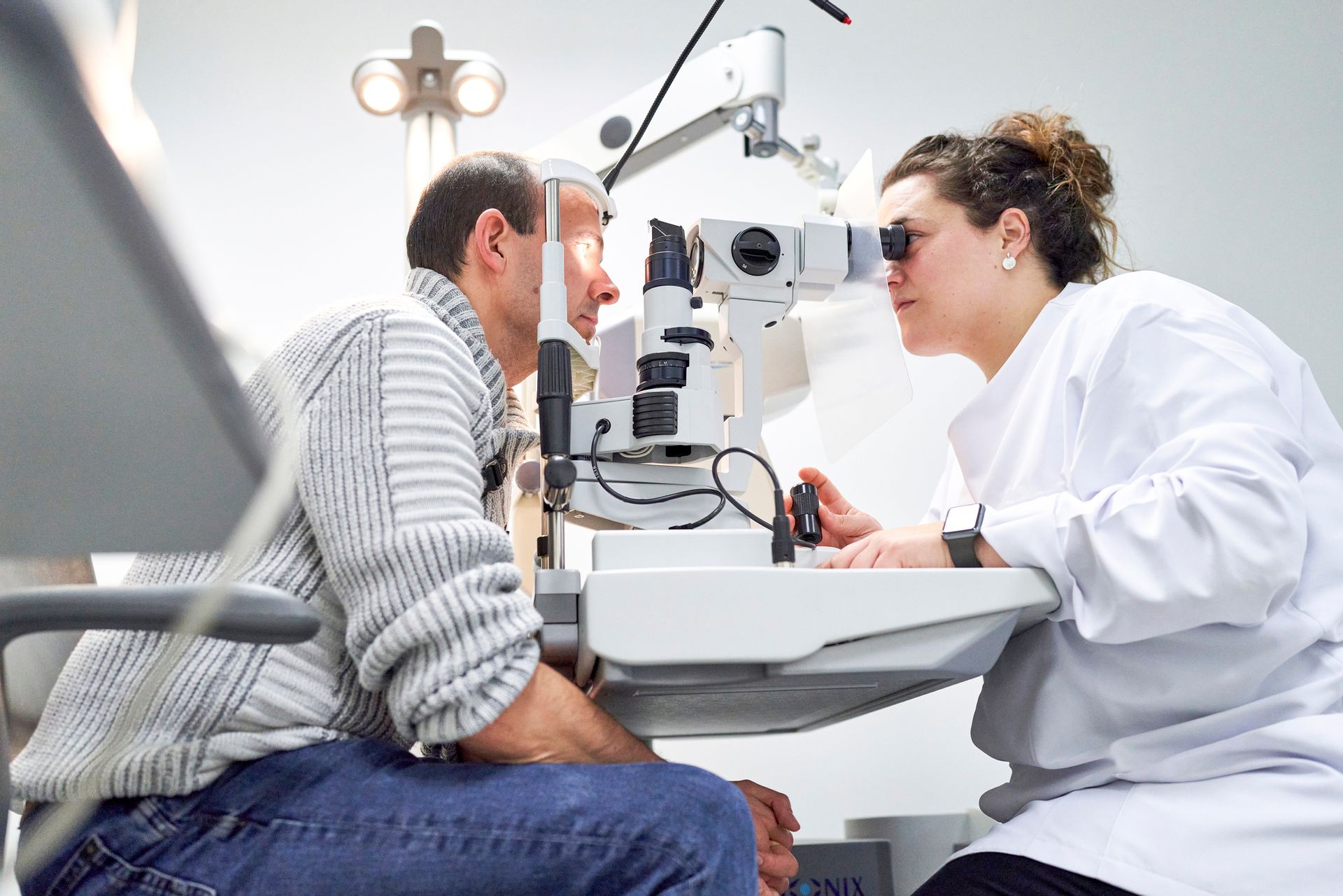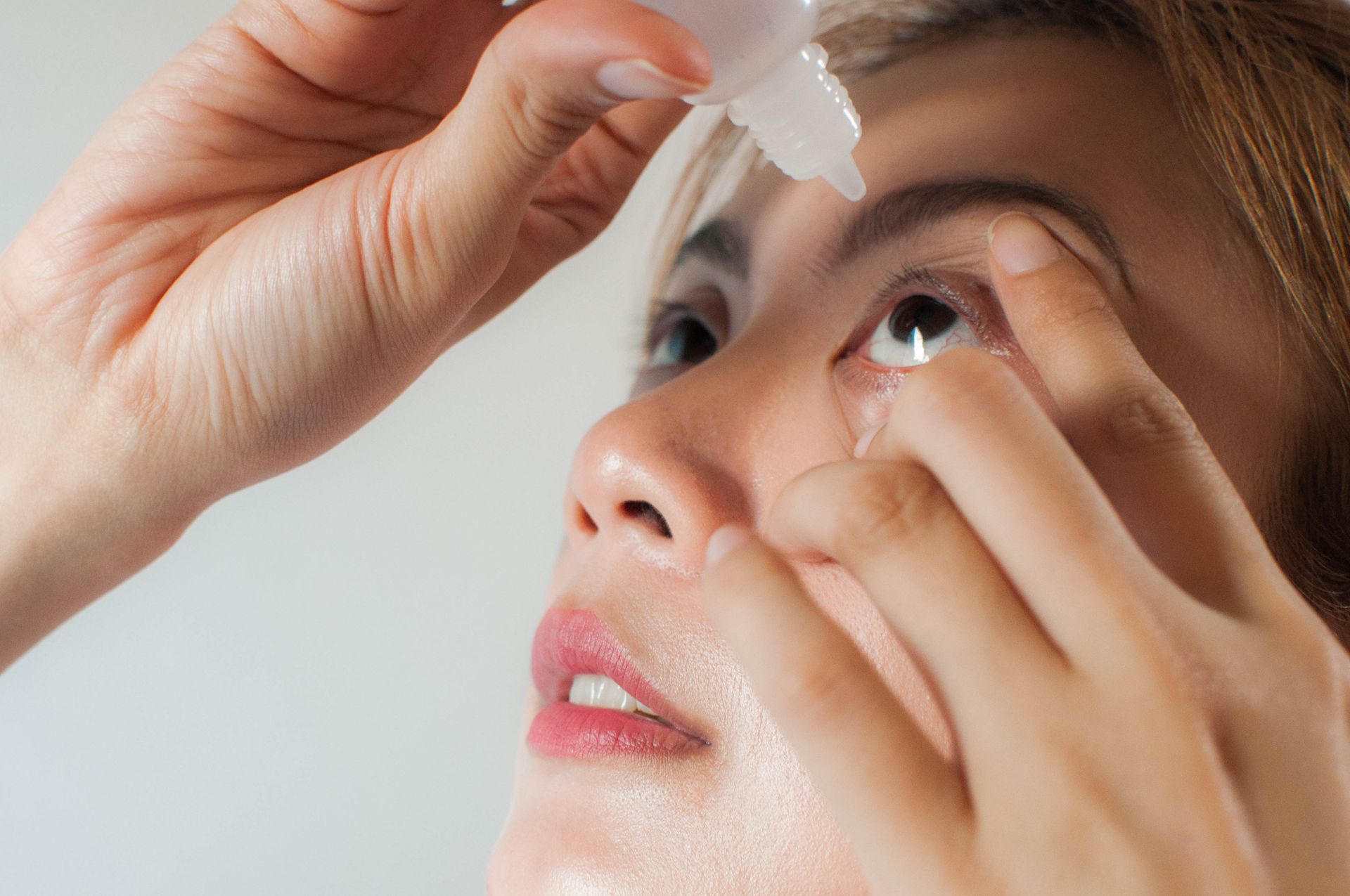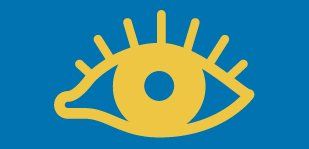What Are Bifocals? An FAQ
- By Admin
- •
- 10 Sep, 2018
- •
Bifocals are a common type of corrective lens that can help people to see properly. Although many people have heard of bifocals, not all of them know what bifocals do or how they work. If your eye doctor has informed you that you need bifocals, it's important to understand what that means. This FAQ is designed to bring clarity and perspective (puns intended) to the issue of bifocals.
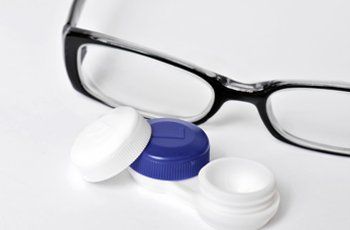
What Are Bifocal Lenses?
Bifocals are a special type of corrective lenses that are designed to help people who have trouble focusing on objects in the distance and on objects that are close up. Bifocals are usually identified by the visible horizontal line running through the lens of the glasses. However, many people who get bifocals choose to wear "progressive" lenses. Progressives are lenses that gradually shift from one correctional power to another, without a visible line running across the lens.
Who Needs Bifocals?
If you've been wearing glasses to see long distances and have suddenly discovered that you now have a hard time seeing objects up close, you likely need bifocals. Bifocals are common for older adults because vision changes as people age. However, sometimes children are born with complex eye problems and need bifocals to help them see properly.
Is It Difficult to Adjust to Bifocals?
Adjusting to bifocals can be a challenge for some people. Adjusting usually involves changing the way you think about vision and the way you look at the world. Below are some suggestions that can help.
Ignore What Looks Blurry
Looking at the wrong thing through the wrong part of the lenses may make things look blurry. For example, looking at the floor through the bottom of the lens may make the floor appear out of focus. This is because the bottom part of your lenses are designed only to help you see objects up close, and the floor is far from your face.
You'll have to train your eyes (and brain) to ignore those things that look blurry in the bottom of the lenses. Force yourself to stop thinking about the floor and focus on what's right ahead of you.
Move Your Head, Not Your Eyes
Once you're wearing bifocals, you won't be able to move your eyes to scan a room anymore. To look at an object, point your head in the direction of that object, and look through the portion of the lenses that will put that object into the proper focus. It takes time at first, but after a while, this habit will become second nature.
Give Yourself Time
For a while after you get bifocals, you'll do everything slower than you used to. Walking up stairs, across rough terrain, or into a dim, messy room can be challenging. Giving yourself time to walk from here to there can help you avoid situations that might lead to rushing and potential slips and falls.
Stop Driving For a While
Driving in particular can be dangerous when you're not used to wearing your bifocals. Find alternative forms of transportation while you're adjusting to your new lenses. Wait until you're fully adjusted to your bifocals to begin driving again.
Keep Your Eye Doctor Informed
Talk to your eye doctor if you're having a hard time adjusting to your glasses. Your eye doctor can let you know whether or not what you're experiencing is normal. If there's something wrong with the lenses themselves, your eye doctor can fix the problem.
Contact Us With More Questions
Do you have more questions about bifocals? If so, speak to a respected eye doctor in your area. At Calvert Ophthalmology Center, we're happy to help you make the adjustment to bifocals and answer any questions you might have about bifocals. Call us today to find out more.
Glasses and contacts are two of the most popular choices for improving vision. For assistance deciding which is right for you, read this guide.
Despite diligent care for the muscles and bones, it is unfortunate that athletes often overlook eye health. Read this blog to learn more.
Vision problems can be common as people age. If you're getting older and want to learn more, check out our blog to read about a few common eye problems.
Pink eye can affect both kids and adults. Learn more with this overview of the causes, symptoms, and options for treatment of this eye condition.
Do you wear contact lenses? If so, read our blog to learn about the telltale signs that indicate it's time to replace your lenses.
Have you ever wondered about the impacts of screen time on your eyes? Learn 3 effects of long-term digital eye strain and prolonged screen use.
Your peripheral vision is essential. Take a look at four issues that can lead to chronic peripheral vision loss and how an ophthalmologist can help.
Vision problems can take many forms and occur for many reasons. Read this blog to learn about four underlying health conditions that can affect vision.
